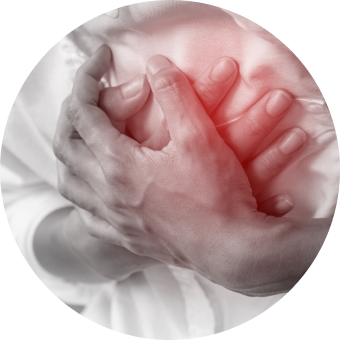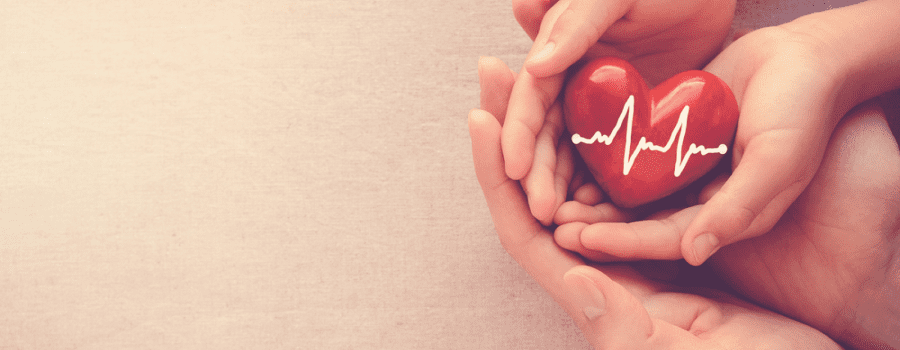When asked to describe what a heart attack looks like, the common visual that comes to mind is a dramatic scene from a movie or TV show where a middle-aged man suddenly clutches his chest, gasps in shock, and falls to the ground, probably after receiving horrible news. Such moments of melodrama would include a feeling of ‘stabbing’ in his left arm, shortness of breath, and a pained expression on the man’s face as he is slowly lowered into a chair, followed by a dramatic ambulance scene showing his admission into the hospital.
According to the World Health Organization, an estimated 17.7 million people died from cardiovascular diseases (CVDs) in 2015, representing 31% of all global deaths. 80% of these deaths were due to heart attacks or strokes. However, they rarely look like the typical heart attack that television depicts. As old medical literature taught scriptwriters, classic heart attack symptoms include pressure and aching in the chest area; discomfort that radiates to the upper part of the body like the shoulders, neck, and arms; and excessive sweating. Despite the overwhelming statistics, many heart attacks occur without any of these conventional symptoms. In fact, we now see occurrences of ‘neoclassical’ symptoms like shortness of breath, dizziness, nausea, back pain, and unexplained fatigue.

 FOR EXISTING POLICY
FOR EXISTING POLICY  1860 266 9966
1860 266 9966
 FOR NEW POLICY
FOR NEW POLICY 



















